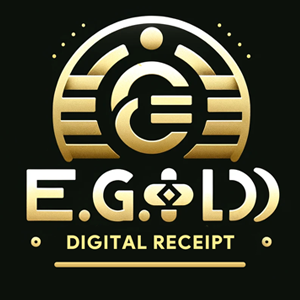Gold is a valuable metal that has been cherished for centuries. However, not all gold is created equal. With the increasing prevalence of fake gold in the market, knowing how to test gold for authenticity is crucial. One simple and accessible method involves the use of bleach. In this guide, we’ll explore how to test gold with bleach, step by step, and explain why this method works.
Why Test Gold at Home?
Testing gold at home can save time and money, especially when you're uncertain about the authenticity of a piece. While professional testing methods such as acid tests or X-ray fluorescence are more accurate, the bleach test provides a quick way to identify fake gold in seconds. It's especially useful for detecting gold-plated or gold-colored items that might look real at first glance.
How Does the Bleach Test Work?
Bleach is a strong oxidizing agent that reacts with certain metals, causing discoloration or tarnishing. Real gold, being highly inert, does not react with bleach. This makes the bleach test a simple way to differentiate genuine gold from imposters made of metals like brass, copper, or zinc.
Materials You’ll Need for the Bleach Test
- A small container of household bleach
- The gold item you wish to test
- A clean cloth or paper towel
- Gloves and protective eyewear (optional, for safety)
Step-by-Step Guide to Testing Gold with Bleach
Prepare Your Workspace
Choose a well-ventilated area, preferably with a protective surface to avoid damage from spills. Wear gloves if you have sensitive skin.Clean the Gold Item
Wipe the gold piece with a clean cloth to remove any dirt or oils. This ensures the test is accurate and not affected by contaminants.Apply Bleach to the Gold
Place a small drop of bleach on an inconspicuous part of the item. Alternatively, you can immerse the piece in a small container of bleach for a few seconds.Observe the Reaction
Real gold will remain unaffected, retaining its original color and shine. Fake gold or gold-plated items may tarnish, darken, or react visibly.Rinse and Dry
After testing, rinse the gold item thoroughly with water to remove all traces of bleach. Dry it with a clean cloth to restore its appearance.
Understanding the Results
- No Reaction: If the gold remains shiny and unchanged, it is likely real.
- Tarnishing or Discoloration: This indicates the item is not pure gold or is plated with a thin layer of gold.
- Flaking or Peeling: If the gold surface peels off, the item is gold-plated or fake.
Precautions When Testing Gold with Bleach
Protect Valuable Items
The bleach test is best for less valuable items or suspected fakes. It may cause slight damage to certain alloys or finishes.Use Minimal Bleach
Avoid overexposing the item to bleach, as prolonged contact can affect non-gold components.Verify with Professional Methods
If you’re still uncertain after the bleach test, consult a jeweler or use an acid test for a more definitive result.
Other Home Methods to Test Gold
If the bleach test doesn’t give you the clarity you need, try these additional methods:
The Float Test
Drop the gold item into a bowl of water. Real gold sinks due to its density, while fake gold may float or stay suspended.The Magnet Test
Gold is not magnetic. If your item is attracted to a magnet, it’s not real gold.The Scratch Test
Use a ceramic plate to scratch the item. Real gold leaves a golden streak, while fake metals often leave black or gray marks.
When to Consult a Professional
For valuable gold items, such as family heirlooms or investment pieces, it’s wise to consult a professional jeweler. They can perform accurate tests, provide certifications, and assess the purity of your gold.
Frequently Asked Questions
Can bleach damage gold?
Real gold is highly resistant to bleach and won’t be damaged. However, prolonged exposure might affect alloys or finishes.What if my gold changes color slightly?
This could indicate the presence of alloys or impurities. Consider further testing to confirm authenticity.Is the bleach test safe for gold jewelry with gemstones?
Avoid testing pieces with gemstones, as bleach can damage or discolor the stones.Can the bleach test confirm gold purity?
No, the bleach test only verifies authenticity, not the karat value or purity level.What karat gold reacts to bleach?
Pure gold (24k) and high-karat gold (18k or above) will not react. Lower-karat gold may show minor effects due to alloy content.
Why Knowing Your Gold’s Authenticity Matters
Understanding whether your gold is genuine ensures you make informed decisions when buying, selling, or wearing it. It protects you from scams, enhances your confidence in your investments, and helps preserve sentimental value.
A Word of Caution
While the bleach test is a convenient method, it’s not foolproof. Always use it as a preliminary test and follow up with more precise methods for high-value items.
Additional Tips for Testing Gold Safely
To enhance the reliability of your home gold testing process, consider these additional tips and tricks:
Test Multiple Spots
If you suspect an item is gold-plated, apply bleach to different areas, including less visible spots. Gold plating is usually a thin layer and may wear off in areas subjected to frequent handling.Know the Composition of Gold Alloys
Gold jewelry often contains other metals to improve durability. For instance, 18k gold is 75% gold mixed with 25% other metals. These alloys might show minor reactions to bleach, but the overall piece will remain largely unaffected.Avoid Testing Delicate or Antique Items
For antique gold pieces or items with intricate designs, it’s better to consult a professional to avoid accidental damage. Some older gold items have unique finishes that bleach may alter.Compare with Known Gold Items
If you’re unsure about the results, test a piece of gold you know is real alongside the suspect item. Comparing the two reactions can provide clarity.
The Science Behind Gold’s Inertness
Gold’s unreactive nature is due to its position on the periodic table. As a noble metal, gold does not easily form compounds with other elements. This makes it resistant to oxidation, tarnish, and reactions with chemicals like bleach. However, metals like copper, zinc, and nickel—often used in fake gold—readily react with oxidizing agents, revealing their true nature.
How Bleach Stacks Up Against Other Gold Testing Methods
Acid Test
The acid test uses nitric acid to check gold’s purity and authenticity. While more accurate than the bleach test, it requires special kits and must be handled with caution due to its corrosive nature.Electronic Gold Testing
Electronic gold testers measure the conductivity of the metal to determine its karat value. They are precise but require an upfront investment in equipment.Density Test
Gold has a unique density of 19.3 g/cm³, making it heavier than most metals. Measuring density is a reliable way to confirm gold authenticity, though it requires precision instruments.X-Ray Fluorescence (XRF)
This advanced method identifies the exact composition of the metal. XRF testing is typically done by professionals due to the complexity and cost of the equipment.
The Rise of Counterfeit Gold
Counterfeit gold has become increasingly sophisticated, making it more challenging to identify fakes. Common types of counterfeit gold include:
- Gold-Plated Items: Thin layers of gold over base metals like copper or brass.
- Fake Stamps: Counterfeiters often stamp fake karat marks or hallmarks to deceive buyers.
- Tungsten Core Gold: Tungsten’s density is close to gold, making it a common material for fake gold bars or coins.
The bleach test provides a quick and easy first step in identifying these fakes, but for high-value items, more thorough testing is always recommended.
Empowering Yourself Against Fraud
Fraudulent gold is a significant issue in both personal transactions and the wider investment market. By learning how to test gold with bleach and other methods, you protect yourself against financial loss and ensure you’re buying or selling genuine items. Additionally, staying informed about market trends and common scams can further safeguard your investments.
FAQs: Advanced Testing and Tips
Can bleach testing damage gold-plated items?
Yes, bleach can cause the gold plating to wear off or tarnish, revealing the base metal beneath.Is the bleach test suitable for white gold?
White gold is an alloy that often includes metals like palladium or nickel. While it may not tarnish, the test’s effectiveness depends on the composition.What happens if my gold jewelry contains gemstones?
Remove the gemstones or avoid testing those parts, as bleach can damage or discolor them.Can the bleach test detect tungsten-filled gold?
No, the bleach test cannot identify tungsten-filled gold bars or coins. Advanced methods like XRF or density testing are better for this purpose.Should I rely on the bleach test alone?
No, while the bleach test is helpful, it should be part of a broader testing strategy, especially for high-value items.
Taking the Next Step
If the bleach test confirms your gold’s authenticity, consider having it professionally appraised for its value and karat purity. For gold items that fail the test, avoid further damage and consult an expert for definitive results. Whether you’re an investor, collector, or casual gold enthusiast, these steps will ensure you make informed decisions about your gold.
NOTE
This Content is the copyrighted content of EE.GOLD. All rights are reserved. You are welcome to share or use our content only by including direct links to our website. Any other form of reproduction, distribution, or use without proper attribution is strictly prohibited.
This Content is intended solely for educational purposes. The information provided does not constitute financial or investment advice.
Please note that Digital Storage Receipt, Secure Storage Solutions, and Physical Gold Sales are the only services offered by EE.GOLD.
We strictly adhere to government regulations and are firmly against all illegal financial or investment activities globally.
For further inquiries, feel free to contact us through our official channels.

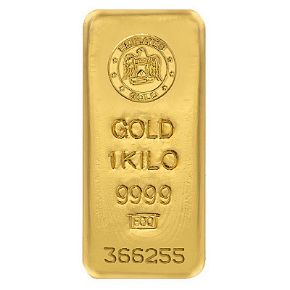
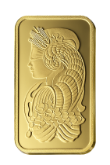


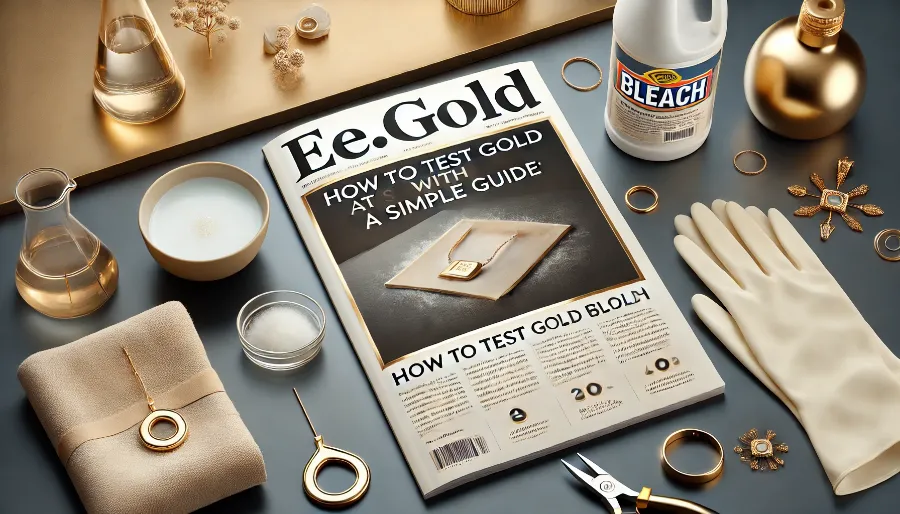
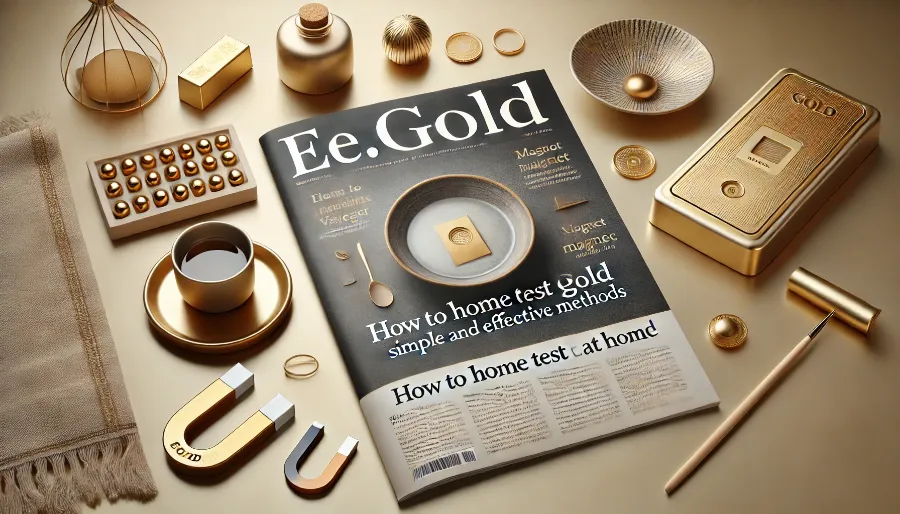
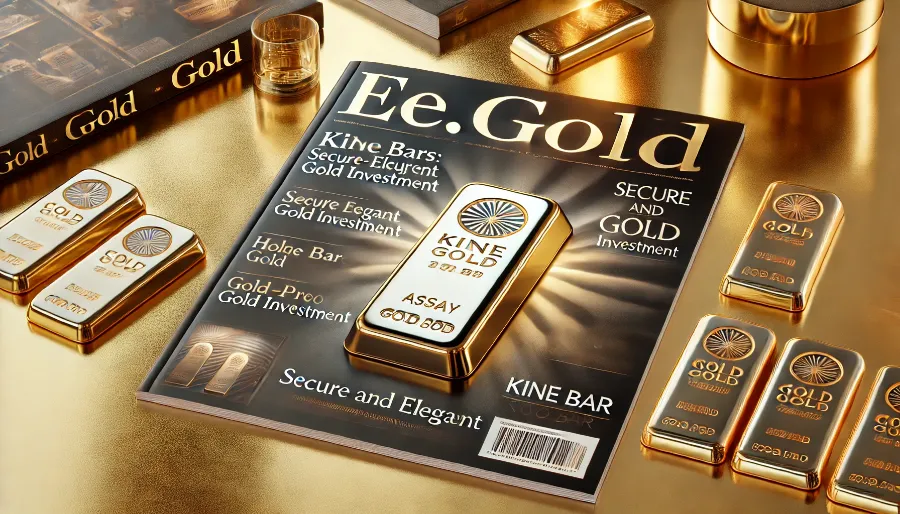

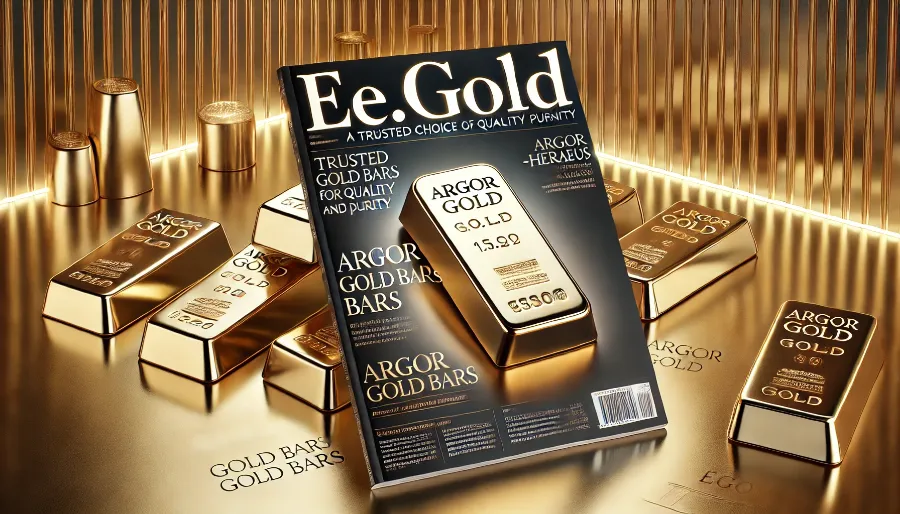









.png)

